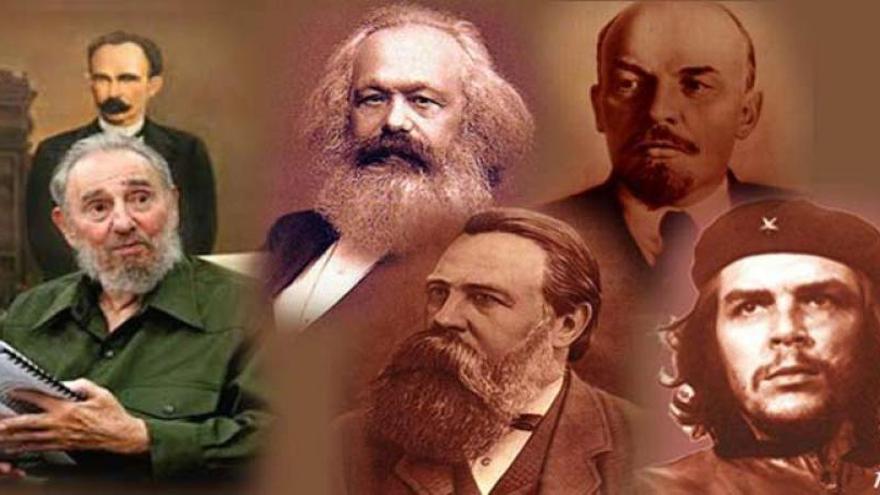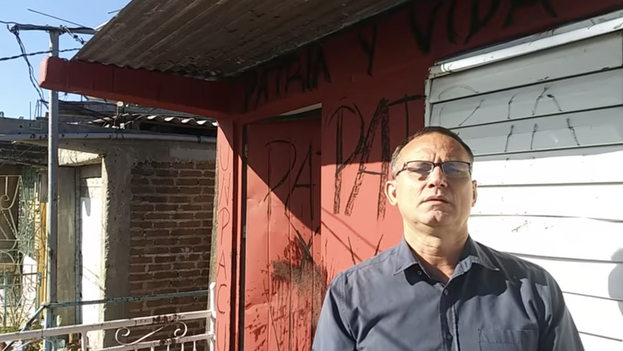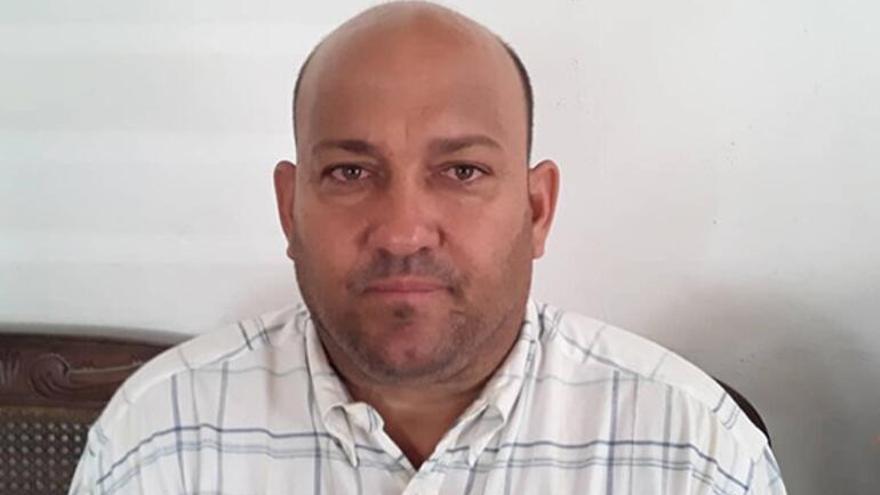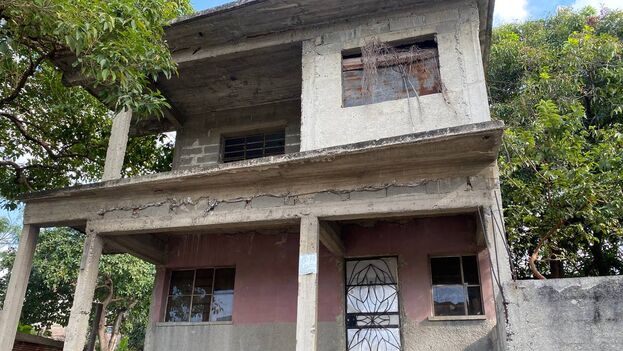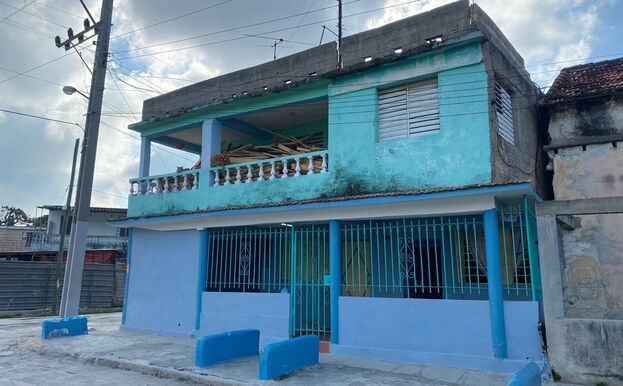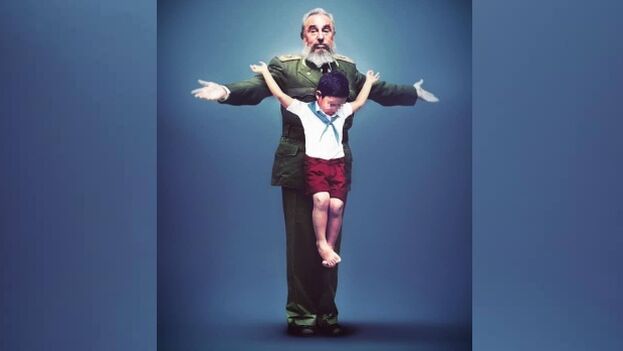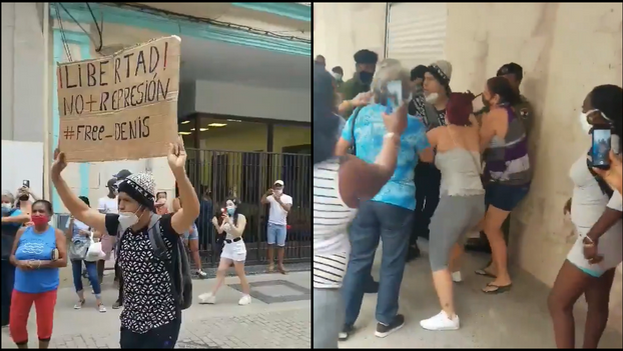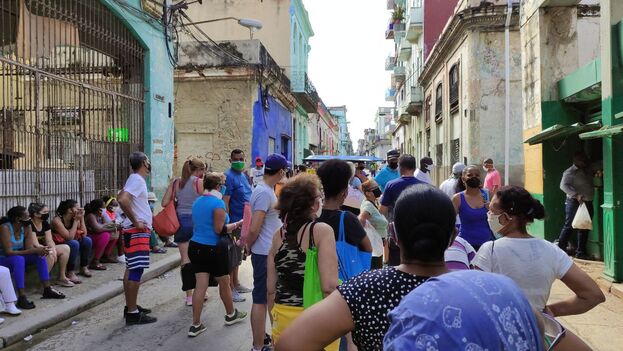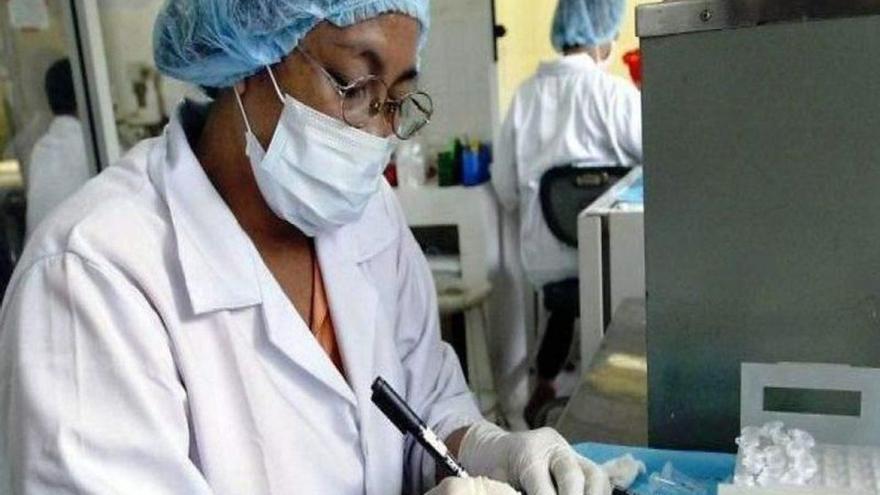
![]() 14ymedio, Havana, 25 February 2021 — Fabrizio Chiodo, the only foreign researcher involved in the development of Cuba’s Soberana 02 vaccine for Covid, reported to the international press this Wednesday on the promising development of the vaccine candidate, which will pass to phase 3 of clinical trials this coming Monday. This announcement confirmed that Cuba will be the last country on the continent to begin immunizing its population.
14ymedio, Havana, 25 February 2021 — Fabrizio Chiodo, the only foreign researcher involved in the development of Cuba’s Soberana 02 vaccine for Covid, reported to the international press this Wednesday on the promising development of the vaccine candidate, which will pass to phase 3 of clinical trials this coming Monday. This announcement confirmed that Cuba will be the last country on the continent to begin immunizing its population.
The researcher could not say how long this final stage would take, as it is foreseen that it will also take place in Iran, thanks to the established collaboration between the Finlay Institute and the Pasteur Institute of Tehran. Mexico may also participate in the study, according to a statement from the Mexican Ambassador, Marcelo Ebrard, advancing conversations between the Cuban laboratory and the Ministry of Health.
Regardless, even the countries the furthest behind in inoculating will have already received doses from various laboratories by the end of the week. Cuba, on the other hand, has yet to complete the most important step toward an approval that, in any case, is assumed to be a given because of the vaccine’s success in previous stages. This caboose of vaccinating countries is formed by Uruguay, Nicaragua, Guatemala, and Honduras. continue reading
Uruguay, the last to vaccinate in all of South America, will receive the first doses from Sinovac, the Chinese laboratory that has produced more than 1.7 million units, this Thursday night. Furthermore, the arrival of almost half a million acquired from the German-US lab Pfizer and the reserve of 1.5 million financed by the COVAX (COVID-19 Vaccines Global Access) initiative is expected.
Guatemala and Honduras are another two at the end of the line that are receiving a small donation from Israel today. The Mediterranean country, which is the global leader in vaccinations, is sending 5,000 doses from the US Moderna lab to each of the two Central American countries, which have noted a delay in receiving the doses from COVAX.
Guatemala should have received more than 800,000 doses from the British lab Astro-Zeneca in the middle of February (overwhelmingly the largest contributor of vaccines to COVAX) and awaits a shipment from Pfizer in April with a special fund of 1,500 million quetzals (around 195,000 dollars) authorized from the government for this purpose.
Honduras, for its part, has bought 70,000 units of the Russian Sputnik V that is close to arriving, and 1.4 million from AstraZeneca that are not expected to arrive before May. From COVAX, 24,000 units planned to arrive in February, have not yet arrived.
Nicaragua has also not yet received vaccine doses from the international fund. However, a shipment of Sputnik V arrived at its airport this Wednesday, although the opaque Daniel Ortega administration has yet to announce the quantity.
The rest of the countries of the continent have already been vaccinating for days, including small territories such as Trinidad and Tobago, Guyana, and Jamaica, with Chile leading with over three million immunizations, 16 percent of its 19 million inhabitants.
This situation puts Cuba in a delicate position. The medical power that has spent months promoting its vaccines will be the last to start the process with almost total security, even though it is certain that, once it is approved, the country will be able to act swiftly. As the vaccine is nationally produced, distribution will not require transport, delays, or dependence on foreign laboratories, although it will depend on the provisioning of complementary materials.
Cuba has had a difficult time accessing direct purchasing of those vaccines most utilized in the west, such as Pfizer, Moderna, or AstraZeneca, and its lack of liquidity complicates the acquisition of those developed by friendly countries, like Russia (Sputnik, already in use in Venezuela) or China (Sinovac and Sinopharm). Regardless, it could have accessed the COVAX mechanism and submitted to it. Despite the delays, the majority of the doses acquired via this route are or will be available in a few days, while Soberana continues onto a pending phase.
The rollout process is of prime importance. Medical personnel, who have been the first to be vaccinated in the majority of countries, could have benefited from doses acquired from COVAX, allowing them to continue facing the uptick that they face on the island in optimal conditions. The irony is that Cuban doctors in Venezuela have already received the Sputnik vaccine, while those still on the island continue to wait.
Once Soberana is ready to be distributed to the population, it will be necessary to know the Government’s plans for the vaccination process. Global health recommendations, in general, advise starting with medical professionals and the eldest (in Europe, where many deaths from the first wave were in rest homes, vaccinations started with rest home residents).
In Venezuela, a vehement outcry was unleashed when the Government of Maduro decided to start vaccinations with the 277 members of the National Assembly rather than medical professionals.
In the case of Cuba, it remains to be seen who will be the first to benefit, although Chiodo revealed something unusual this Wednesday. Soberana 02 will be administered to people between 35 and 80 years of age. So, what vaccine will the old guard of the Communist Party use?
Translated by: Geoffrey Ballinger
____________
COLLABORATE WITH OUR WORK: The 14ymedio team is committed to practicing serious journalism that reflects Cuba’s reality in all its depth. Thank you for joining us on this long journey. We invite you to continue supporting us by becoming a member of 14ymedio now. Together we can continue transforming journalism in Cuba.

